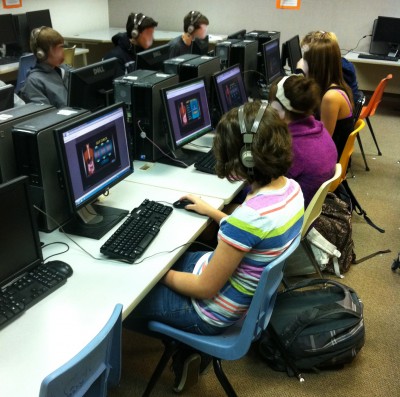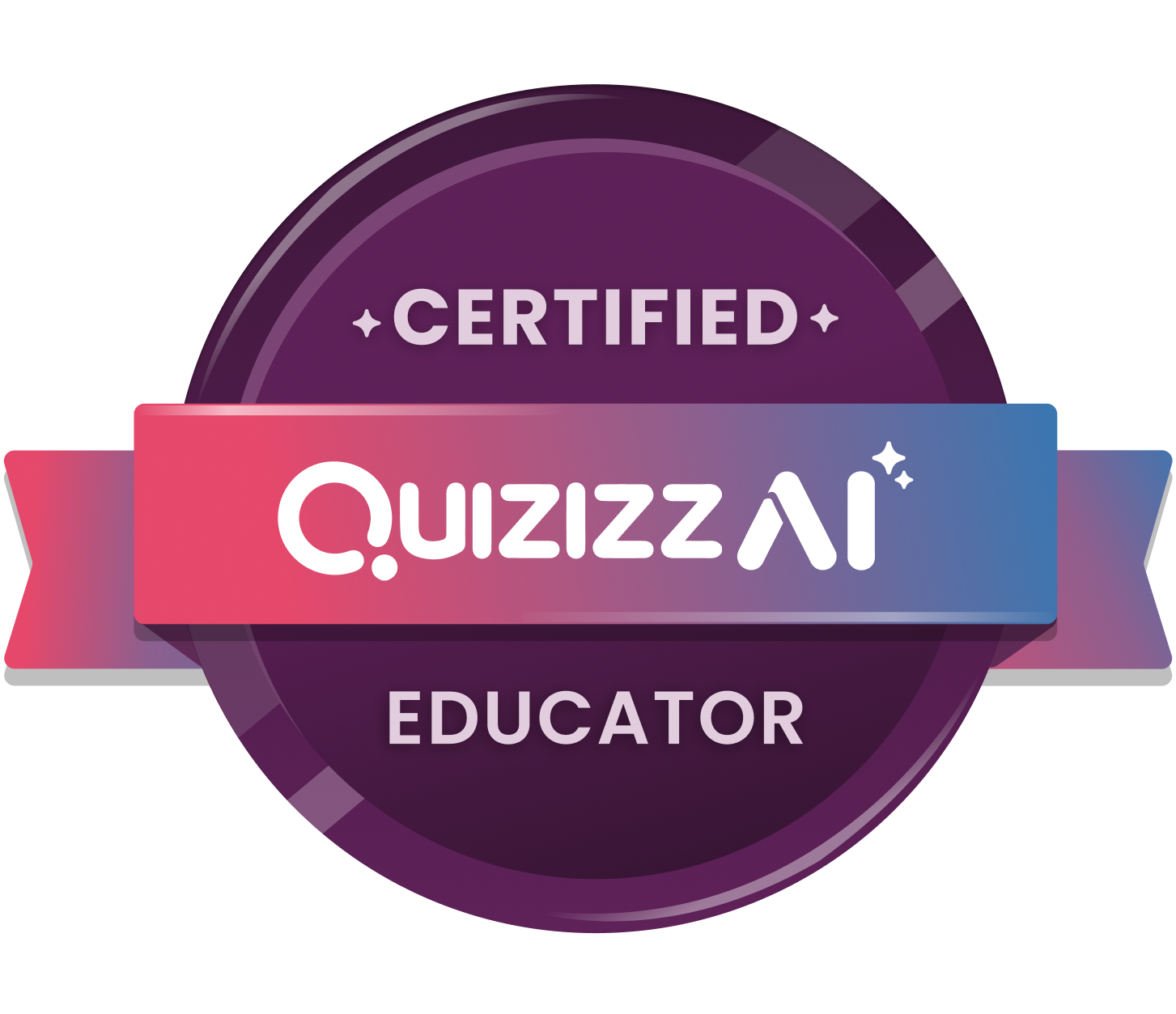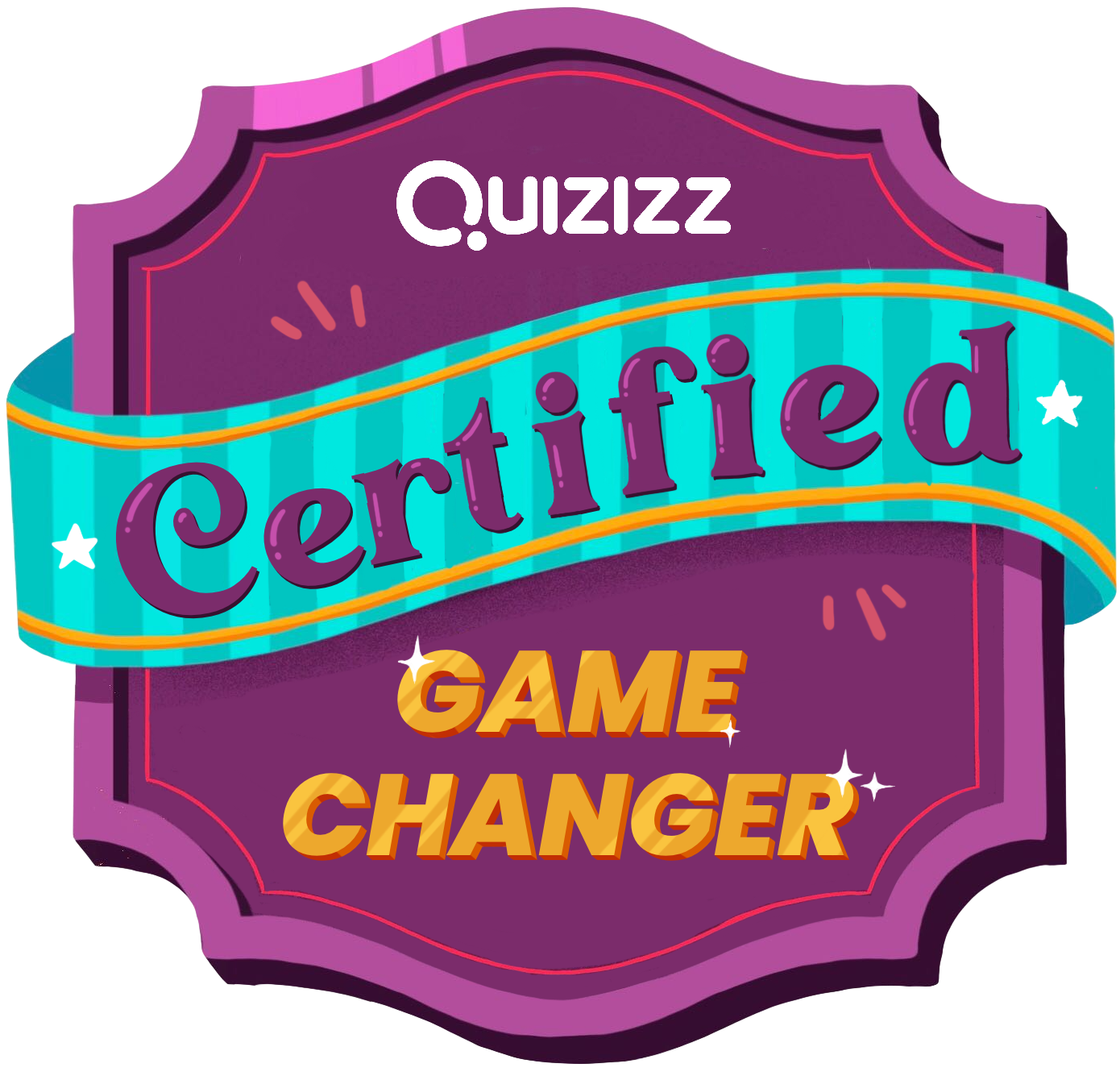When I began teaching in 1991 I brought in my Tandy laptop to have my students word process their writings. Then I’d print them out to put on our bulletin board. My next year I got a grant to purchase a Mac LC 520. With that Mac I used my AOL account to bring the Internet to my class. My classroom was on the second floor facing the office so I purchased a 100 ft phone cord to connect my Mac to an office phone line to get on the Internet. My South Central LA, inner city, Hispanic, 4th and 5th grade students had keypals in Vassalboro, Maine! We’d film ourselves and mail it to them as they sent us their videos. I was the conduit for that connection. With another grant I got a Pentium 120 HP and a handheld scanner to expand the school newspaper that my class ran. We made due with one, two, then three computers in our classroom with about 25 kids.
When I started teaching in WA state, in 1996, I moved to middle school. At that time the schools I taught at had computer labs. That was my first experience with 1:1. I had my students participate in the Mayaquest project, which was a great experience for us all. We also began to share our work by making websites using html. Back then html was easy enough to teach kids and their basic webpages were more than enough to share what they were learning.
Taking my students to the computer lab turned me off to 1:1 because computer labs were nowhere near as efficient as having computers in your own classroom. For one thing students are less likely to help each other or work together when they have their very own desktop computer in front of them. Hands would go up and I spent all my time moving from student to student answering the same question or solving the same problem. Imagine the poor kids waiting for me to hear something I just told the person next to him or her! If we were lucky we would get to book the computer lab once a week for each class. If the computer lab was booked you were out of luck, even though at first that didn’t happen very often (well, in many schools computer labs still go unused). So once a week students would get into the lab and have to remember where their research left off or find a file and continue working on their document or webpage. Projects took much longer than their shelf lives because of only being able to work for 50 minutes or so once a week. I managed to get a computer, one of the Bondi iMacs (the first ones), in my classroom. That way I was at least able to rotate teams of students through the computer so their research could continue happening throughout the week. Then once our lab day arrived at least their project wasn’t a week old in their minds. It sucked having to wrack their brains around what they had done the week before.
By 1999 I was very fortunate to have received a Bill & Melinda Gates Foundation Teacher Leadership (TLP) grant and a Learning Space Right in Class grant. The training I got for those grant was in using technology in my classroom and not having to wait for my turn to use a computer lab. I got enough money from both those grants to get seven more iMacs (I got different colored ones because they had come out with the fruit colors at that time), a laser color printer and some other cool toys. I did my own research to see what ratio of computer to students worked the best in a classroom situation that wasn’t 1:1. As taught in TLP a 1:4 ratio is not the best but it worked. As students confirmed working four to one computer was difficult. Typically one or two were easily disengaged as it was difficult for them to participate. Strangely enough a 1:2 ratio, which was supposed to be the best, was not the favorite either. While being better than 1:4 the complaints were that if your teammate was not participating or not pulling his or her full weight then you had to do all the work. That also happened if your teammate was absent. So 1:3 proved to be the best.
I worked at getting more computers until I had 10 desktop computers. That way if I had fewer than 30 kids, which I often did, most teams had a 1:3 ratio while a few had a 1:2 ratio. This worked very well for years. But then something changed. No longer were our static webpages enough. Web 2.0 was taking over. I was introduced to student blogging and with each student having his or her own blog account having a 1:3 or even a 1:2 still meant that they needed to take turns. There was still much teams could do together but much more was becoming available that students wanted to work on individually.
For a while my 1:3 and 1:2 was not as successful as it had been. So I continued to find ways to get more machines into my classroom. When mobile technology became available and affordable I stopped buying desktop computers and began purchasing netbooks and iPads (I was deciding between iPod Touches and iPads and what made the iPad win out was that iPods are too easy to steal). I’ve been having students work in a 1:1 environment again, only this time it’s in my classroom and it’s mostly mobile. Those two details, in my classroom and mostly mobile, have made all the difference.
So now I’ve gone almost full circle and find myself preferring, and needing, a 1:1 environment for my students. If I want my students to communicate, connect, collaborate, and create, a 1:1, in my classroom, mostly mobile, is completely necessary. I am still finding that having iMacs in my classroom is helpful because there things like movie editing and making glogs and prezis that doesn’t happen very easily on iPads or even netbooks. With iPads and netbooks students are more likely to collaborate and help each other than they were in a computer lab. That has been a wonderful improvement.


































































